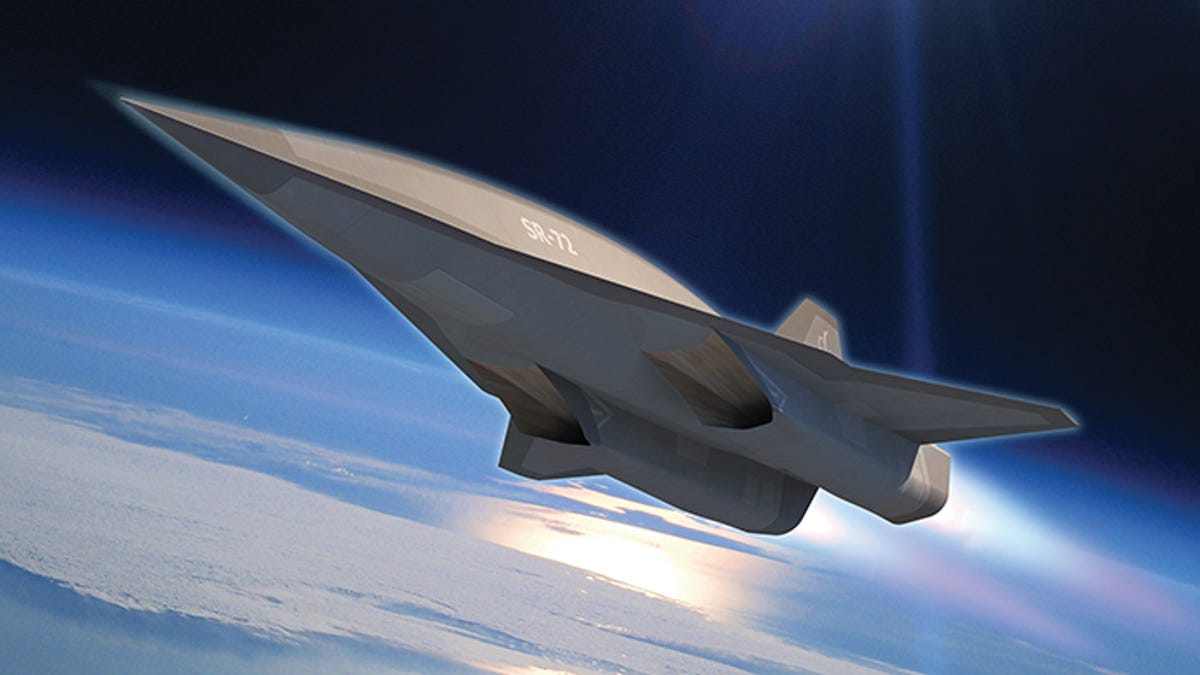Lockheed envisions Mach 6 successor to SR-71 Blackbird
Over at the Skunk Works, aircraft designers are hard at work cooking up a hypersonic scion to the legendary SR-71, the superspeedy recon jet of the Cold War.

The SR-71 Blackbird flew faster than any other production plane ever. Its successor, the SR-72, will go twice as fast.
That's the big, jaw-dropping takeaway from Aviation Week's exclusive look at Lockheed Martin's work on the next-generation aircraft. A demonstrator version of the SR-72 could be ready as early as 2018.
Lockheed told Aviation Week that the goal is for the new aircraft to be seriously hypersonic, blazing across the sky at around Mach 6. The intent, too, is to broaden the mission: The SR-72 would pick up where the Blackbird left off in performing high-altitude intelligence, surveillance, and reconnaissance missions, but unlike its weaponless predecessor also would -- hypothetically -- be capable of carrying out strikes on targets.
To achieve those crazy-fast speeds, Lockheed's Skunk Works unit plans to integrate an off-the-shelf, fighter jet turbine with an air-breathing scramjet, building off the Pentagon's experimental Hypersonic Technology Vehicle (HTV) efforts, according to Aviation Week.
Hypersonic airframes of any kind have been extremely rare birds to date, and test flights have been troubled at best. Earlier this year, the fourth and final flight of the US Air Force's missile-like, unmanned X-51A Waverider project eked out a top speed of Mach 5.1 in a six-minute flight, about half of which took place on scramjet power.
Concept images of the SR-72 show an aircraft with a pencil-point nose and a fuselage that tapers smoothly to the tail, uninterrupted by any kind of cockpit.
The legendary SR-71 gave the United States unmatched surveillance and recon capabilities during the Cold War, entering service in the mid-1960s as the Vietnam War was escalating, and bowing out in 1990 as the US Air Force retired its fleet, not long after the fall of the Berlin Wall. The SR-71 could travel at better than Mach 3, and in 1976 it set an absolute speed record of 2,193.167 mph. In a final flight in 1990 from Los Angeles to Washington, D.C., en route to the Smithsonian Institute, an SR-71 flew coast to coast in all of 67 minutes.
Lockheed says the SR-72 could be operational by 2030.
Update 4:36 p.m. PT: Added concept image of the SR-72.

